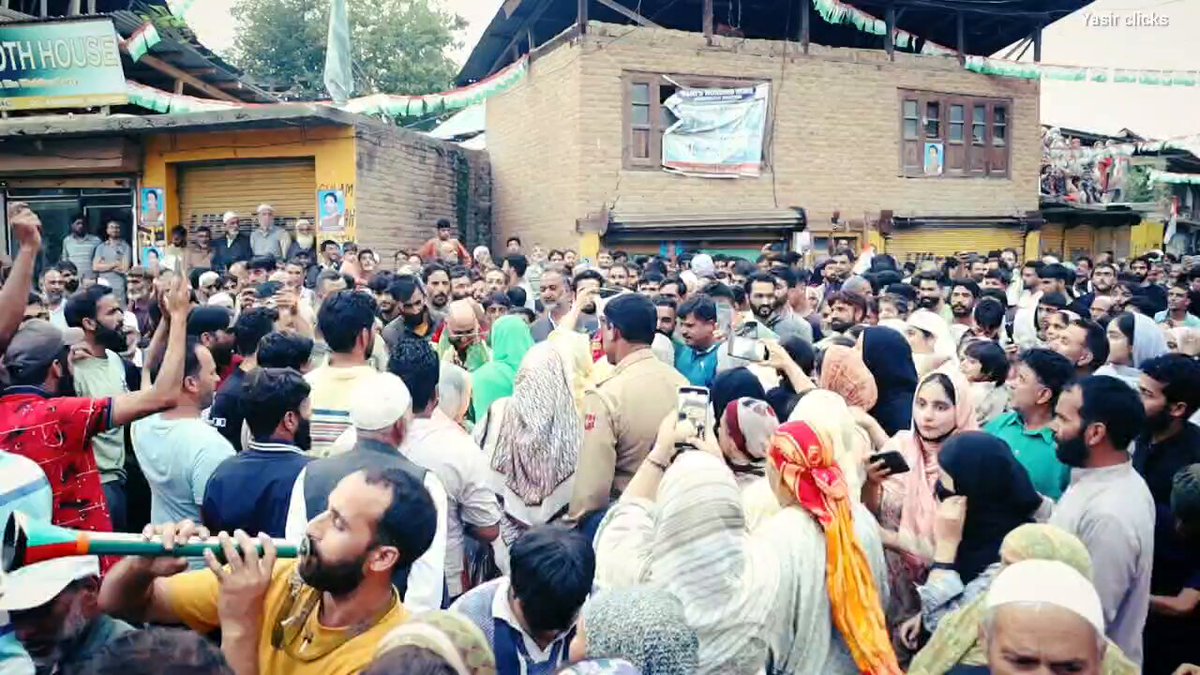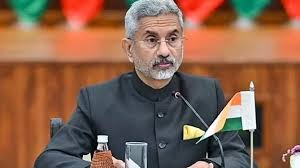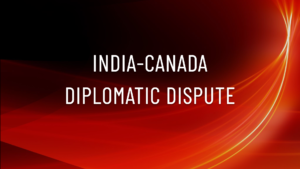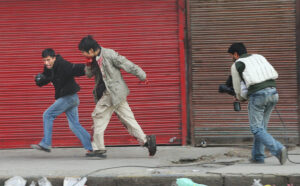Tawqeer Hussain
On September 18, the Doru Shahabad constituency became a focal point in Jammu and Kashmir’s electoral landscape as voters headed to the polls in the first phase of elections. This significant contest featured two prominent figures: Jurist turned politician Mohammad Ashraf Malik of the People’s Democratic Party (PDP) and Ghulam Ahmad Mir, the seasoned candidate from the Indian National Congress (INC) and AICC General Secretary.
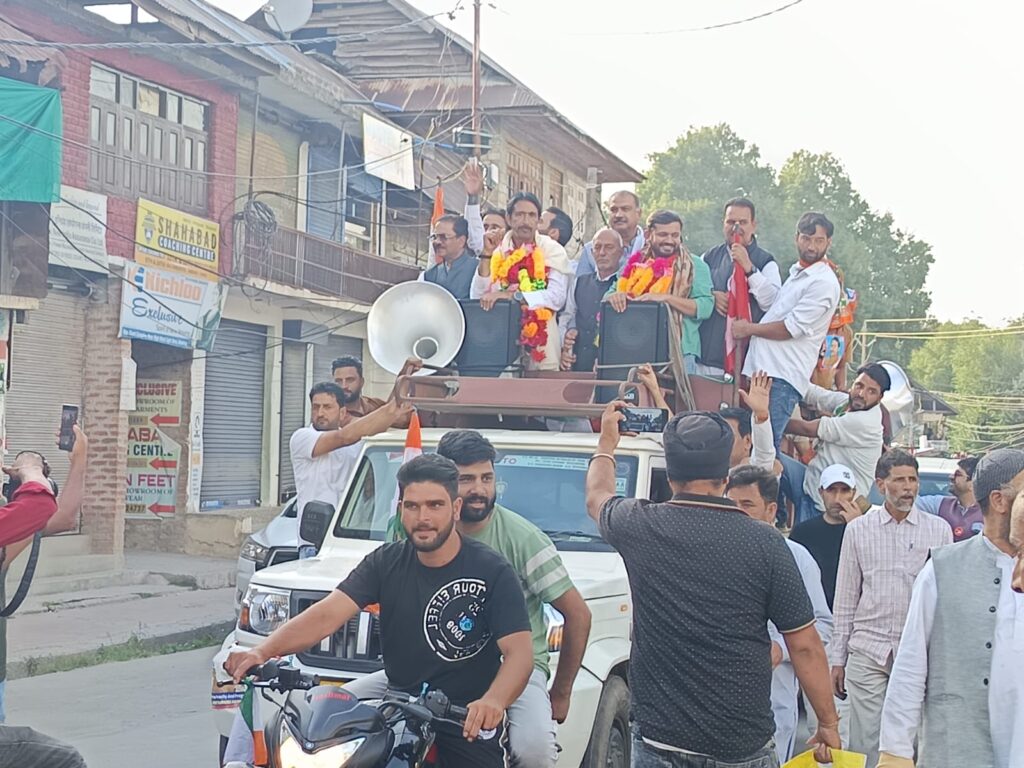
Silent Voters Turned Active Participants
During my tour of the constituency, a striking observation emerged: a substantial segment of previously silent voters was rallying behind the PDP candidate. Many individuals who had abstained from voting in past elections not only turned out to cast their ballots but also took on active roles in campaigning for Malik. This newfound engagement signals a potential realignment of voter sentiment, indicating that the traditional voting patterns in the region may be shifting. The enthusiasm among these previously non-voters suggests a growing desire for change and an openness to alternative political narratives, which could play a crucial role in determining the election outcome.
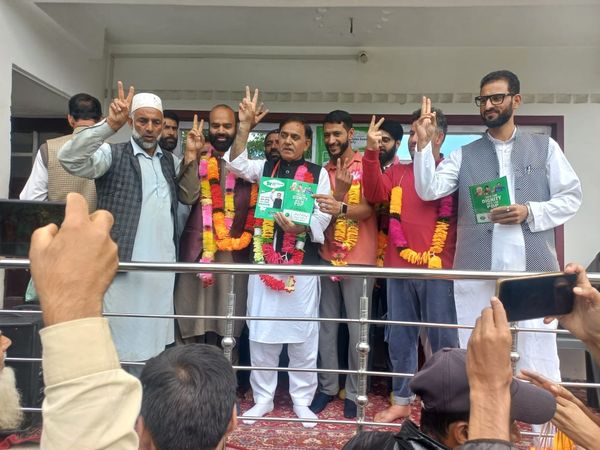
The Kapran-Verinag Belt: A Historical Stronghold
This belt area has long been a stronghold for the Congress and National Conference parties. Given their coalition, this alliance historically benefits Ghulam Ahmad Mir. However, any shifts in voting behavior within this belt could be critical for the overall election result. Current reports suggest that while Congress maintains a robust lead, the PDP is making inroads, particularly in key areas like Nowgam and Qamar. However the voter turnout for Mr Malik won’t be enough to counter the lead of Mr Mir in this belt.
New Areas and Emerging Dynamics
The recent delimitation has introduced new areas to the Doru Shahabad constituency, notably parts of the Sagam-Breng region. A ground report suggests that PDP is riding high in this belt, but Mr Mir too will get good amount of votes. Should the PDP manage to garner solid support in these newly incorporated areas, it could dramatically alter the electoral landscape in favor of Malik. Conversely, Hakura Badasgam, another traditional Congress bastion, may also hold significant sway. If Ghulam Ahmad Mir can maintain his support there, it could reinforce his position in this competitive race. The dynamics in these newly added regions could ultimately decide the fate of both candidates.
The Influence of Independents and Smaller Parties
While the contest primarily revolves around Mir and Malik, the presence of independent candidates and smaller parties should not be underestimated. Discussions with various stakeholders indicate that some of these candidates are likely to secure enough votes to save their deposits, but their impact could extend beyond that.
Preliminary assessments suggest the following vote distributions for these candidates:
Bashir Wani: 3,500 to 4,000 votes
Saleem Parray: 3,000 to 3,500 votes
Hilal Malik: 2,500 to 3,000 votes
Mohsin Shafqat: 1,000 to 1,500 votes
Mohd Iqbal Ahanger: 4,000 to 5,000 votes
Others/NOTA: 4,000 to 4,500 votes
While these figures may not secure a victory for any of these candidates, they could significantly disrupt the expected outcomes, particularly by siphoning votes from the Congress base, thereby influencing the dynamics between the main contenders.
Conclusion
As the Doru Shahabad constituency navigates this electoral season, the interplay between historical loyalties and emerging voter dynamics paints an intriguing picture. With vigorous campaigning from both Malik and Mir, alongside the newfound engagement of previously apathetic voters, the results of this election are poised to reflect significant shifts in political allegiances. As counting day approaches, all eyes will be on Doru Shahabad, where the balance of power could very well hinge on the evolving sentiments of its electorate. The coming days promise a dramatic culmination to a contest that could redefine the political landscape of the region.

